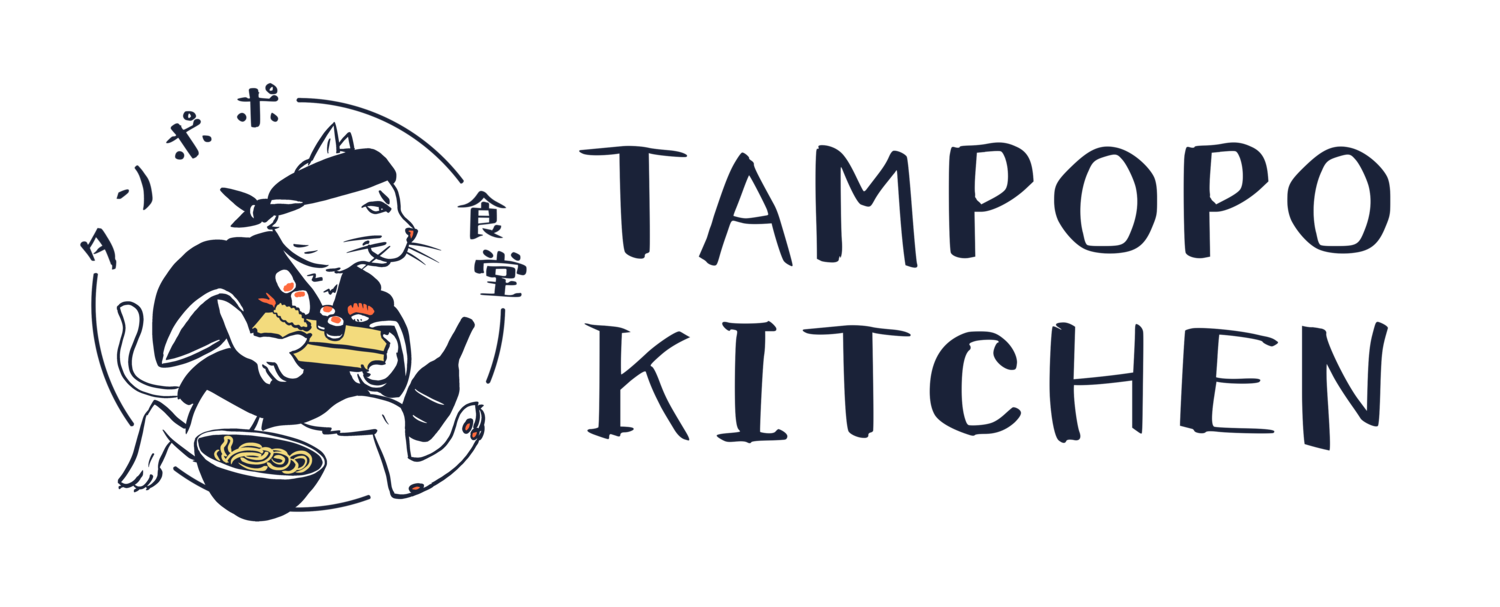It’s June, Oh my, Junmai!
Discover Saké secrets and a cheat sheet too!
Let’s dive into Junmai Saké! Not literally, but can you imagine a pool filled with saké? Then it would definitely be an appropriate time to ask if it’s served “hot or cold?” I digress…Junmai means the saké is brewed with rice only, no added alcohol. Think about a freshly cooked pot of rice and the starchy aromas when you lift the lid off. That’s the essence of a Junmai Saké’s aroma.
If you remember from last week, the added alcohol enhances the aroma and delicate flavors of the Gingo and Dai Gingo. However, since Junmai is made with only rice, yeast, water and koji, it's a more pure style . Now, to confuse you a little bit, you can have a Junmai Gingo or a Junmai Dai Gingo, which means it’s pure rice that’s milled down to finer milling ratios, thus producing sweeter and more delicate flavors. The main thing to remember is that Junmai, as a category in general, has bolder, more robust flavors and goes well with curries, grilled proteins and tempura.
Here is a shortcut for ordering Saké at a restaurant if you want to look like a baller.
Junmai big bold flavors, which is a more basic brewing style. This goes well with premium Wagyu beef, or other substantial proteins.
Junmai Gingo or Gingo more delicate great with sushi. Great with tuna and tempura.
Junmai Dai Gingo or Dai Ginjo being the most luxurious is excellent on its own or with sashimi, or vegetable dishes. It’s for when you are flexing your knowledge of the finer things, go get ‘em, tiger!
Did we mention we got our liquor license? Come try our incredible sake list, the experience is complete with choosing your preferred saké cup! Check out our happy hour specials everyday all day until 6pm!
Kampai!
Nana & Josh

